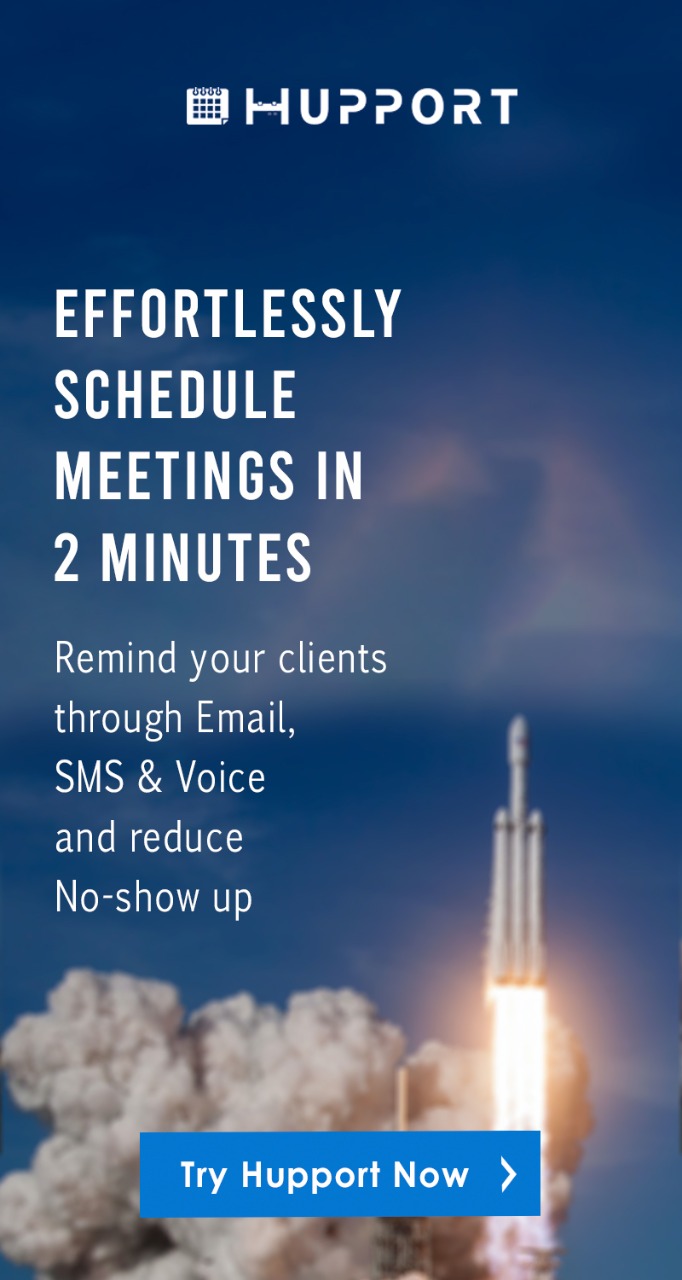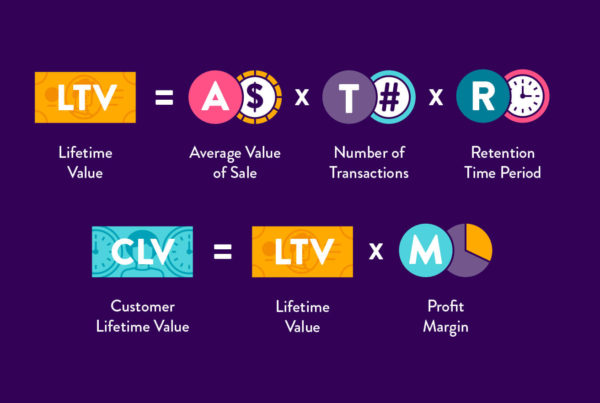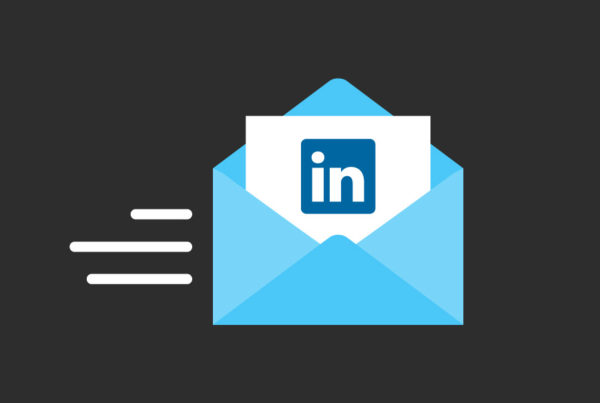When you are writing an email, it is important to end it professionally.
An email with the appropriate closing will get you more results than an email without a proper closing.
There are some vital things that must be included in the end or closing of an email.
These include a call-to-action, email signature, contact information, closing remarks, and your full name.
All of these information has different specific roles to play and they help make your email look more professional.
Email closing also should be formatted appropriately.
How to end a cold email professionally
When sending cold emails to prospects, you need to bear in mind that you are sending emails to total strangers.
These are people who you probably have not met before and they do not know you.
You need to be very impressive and professional with your email to get their attention.
The closing of your cold email is just as important as the subject line.
When writing a closing for a cold email, different situations determine which closing is the most appropriate to use.
The most important closing statement that changes is the call-to-action, the other closing such as your closing remark and name are the same.
Let’s take a look at some situations and the most appropriate call-to-action to be used:
When building a new relationship
After you have identified a new lead, the next phase is to build a relationship with the lead.
You need to use closing that shows your lead that you care and wants to build a cordial working relationship with them.
Also, you can let your lead know that you have more to offer.
Some examples of closing you can use in this scenario include:
“It would be great to keep in touch”
“We have a whole lot more to offer you”
“Hope to talk with you again”
When you want to schedule a meeting
In a cold email campaign, it is important to always end your cold emails by scheduling a meeting or a phone call with your prospects.
This will enable you to have more personal discussion with your prospect and create more chances of getting them converted.
Below are some examples of closing lines to schedule a meeting or a phone call;
“Will like to schedule a short meeting with you. How does Friday by 10:00am-10: 15 am sounds?”
“Will you be available for a 15 minutes meeting by Monday next week?”
“Let’s discuss more on this over a cup of coffee”
When you need feedback
When you are writing a cold email, you need to understand that your prospects or recipients don’t owe you anything.
It all depends on them to respond to your emails or not.
All you need to do is to write cold emails that have the potentials to capture the mind of your recipient.
For this reason, you need to be able to woo your recipients into responding to you.
You can do this by appreciating them for their time or complimenting them.
In essence, be grateful and appreciative.
Some examples of closing you can use to get a response from your recipients to include:
“Thanks for your time”
“We appreciate your review on our Yelp review page”
“It would be great if you could take out a minute to provide us with your thoughts”
“Thanks for taking out time to read this. Hoping to hear from you”
“If you have any questions, feel free to ask”
How to end a follow-up email professionally
Following up on your prospects is very important if you want to increase your response rate.
Just as the subject line of a follow-up email increases the open rates, the closing increases the reply rates.
A follow-up email with a bad closing will not yield any good reply rates.
Your recipients won’t feel the need of responding to your email because they are not prompted to.
The closing of a follow-up email should be able to prompt your prospect to respond.
After a closing, always add your name at the end of your email.
Let’s take a look at some professional ways of ending a follow-up email:
- “Let me know if you have any questions”
- “I have been expecting to hear from you”
- Let me know what you think”
- “Are you still interested?”
- “Give this a try!”
- “Speak soon?”
How to end an introduction email professionally
An introduction email is usually the first email sent to a recipient.
Most often introductory emails are sent to total strangers. These are people we have not met or communicated with before.
It is through an introductory email that you will inform your recipient of who you are and why you are reaching out.
The closing of an introductory email is also very important.
A professionally written closing will prompt your recipient into responding to your email.
You need to bear in mind that it is the first time you are sending an email to the person, hence you need to be at your very best.
Some examples of introductory closing lines include:
- “Thank you so much for your time”
- “Would you be interested”
- “I will appreciate your thoughts and response”
- “I will like to hear from you”
- “Would you like to know more?”
- “We can schedule a short meeting for further discussion”
How to end an email professionally to increase the reply rates
To increase your reply rates, you need to give keen attention to your closing.
Your closing will determine the rate at which prospects will reply to your emails.
If your closing lacks professionalism and uniqueness, your prospects will lose interest.
You need to come up with unique and professional closing lines that can prompt your prospects to reply.
Let’s take a look at some professional closing lines to increase reply rates;
- “Would you like to look at our offers?”
- “When would you be accessible for a 10 minutes call?”
- “Would you be available a 10 min’s call this Friday by 10:00 am?
- “Thank you [insert beneficiary name] and anticipating to hear from you”
- “Check out our free trails”




